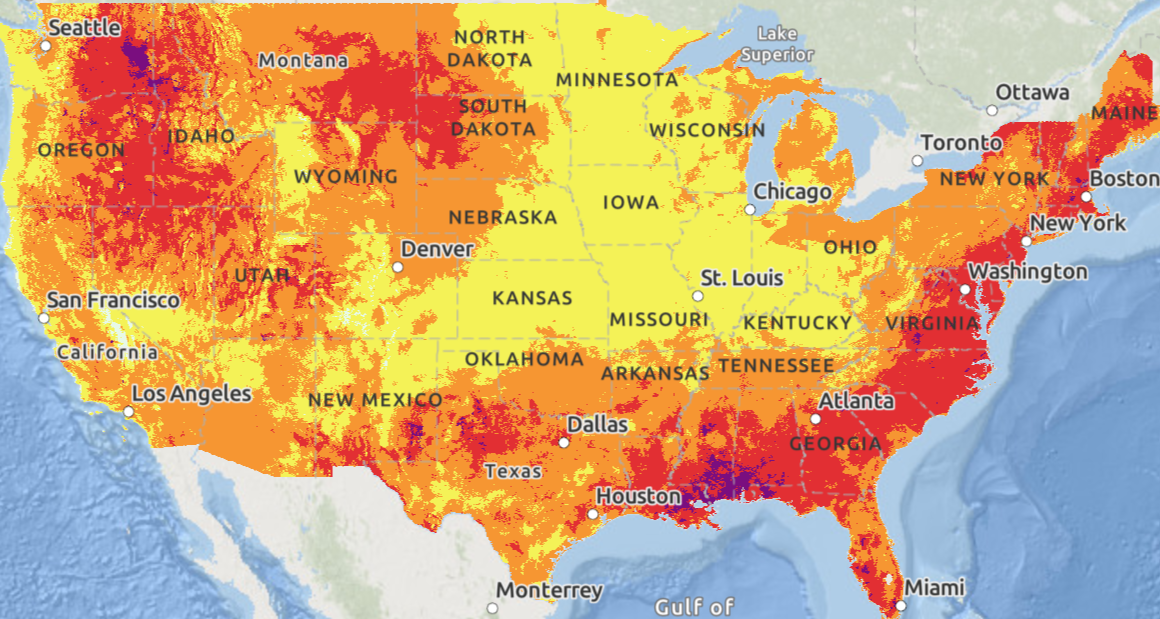National Weather Service maps reveal the intense heat wave due to pass across the U.S. in the coming days.
The maps—which are a collaboration between the NWS and the Centers for Disease Control and Prevention ( CDC)—show the risk of heat-related impacts across the lower 48 states between August 2 and August 8.
Yellow on the map represents “minor” risks; orange areas have “moderate” heat risks; red areas, “major” heat risks; and purple areas face “extreme” heat risks.
More From Newsweek Vault: What Is a Health Savings Account?
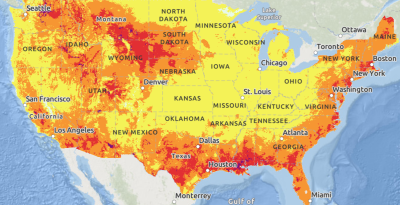
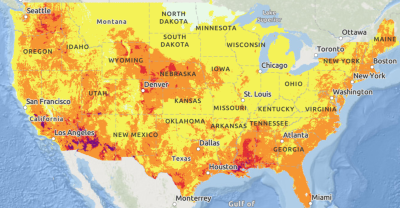
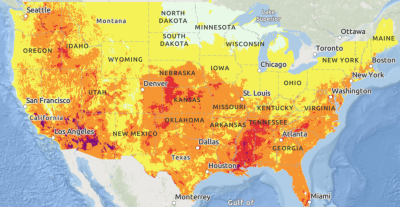
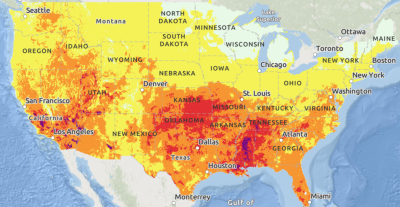

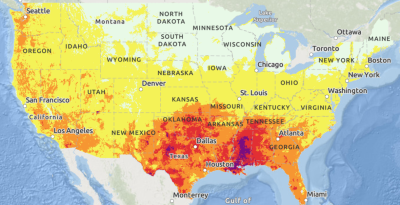
Many of these areas are under Heat Advisories, Excessive Heat Warnings, and Excessive Heat Watches, with “dangerously hot conditions” forecast, according to the NWS.
The maps show that, on August 2, areas of the East Coast, Gulf Coast, Northwest and Great Plains states are facing “major” heat risks. Large swathes of southeast Washington state, southern Louisiana, Mississippi, and Alabama, as well as small areas of Virginia, Massachusetts, New Hampshire, New Mexico, and Texas are all experiencing “extreme” heat risks.
More From Newsweek Vault: What Is an Emergency Fund?
As the week progresses, the red and purple areas can be seen moving southeast across the U.S., passing over Wyoming, Montana, and South Dakota, getting less intense as they cross Colorado, Nebraska and Kansas, then intensifying as they reach Oklahoma, Texas, Arkansas, Louisiana and Mississippi.
Throughout the week, the “major” risk areas along the East Coast will dissipate, while California and Arizona will see increasing areas of “major” and “extreme” red and purple risk areas.
The NWS says that “major” heat risk areas are “dangerous to anyone without proper hydration or adequate cooling.” These and may come with poor air quality, power interruptions due to increased electrical demand, and increased visits to the ER.
In “extreme” risk areas, “for people without effective cooling, especially heat-sensitive groups, this level of heat can be deadly.”
The NWS determines these risk levels for regions by considering how hot the temperatures are compared to normal, the time of year, the duration of the heat, whether the temperature could cause heat complications, and the humidity.
As of August 2, areas of Mississippi, Louisiana, Arkansas, Virginia, Montana, Idaho, Washington, Oregon, California and Arizona are under Excessive Heat Warnings, and southern California, Nevada and Arizona are under Excessive Heat Watches.
“Dangerously hot conditions with high temperatures of 112 to 118 [degrees Fahrenheit] and low temperatures in the 80s and lower 90s expected,” the NWS said about the Coachella Valley and San Diego County Deserts.
“There is a high risk for dangerous heat illness for anyone, especially for the very young, the very old, those without air conditioning, and those active outdoors,” the NWS advised. “Drink plenty of fluids, stay in an air-conditioned room, stay out of the sun, and check up on relatives and neighbors. Do not leave young children and pets in unattended vehicles. Car interiors will reach lethal temperatures in a matter of minutes.”
Do you have a tip on a science story that Newsweek should be covering? Do you have a question about heat? Let us know via science@newsweek.com.




